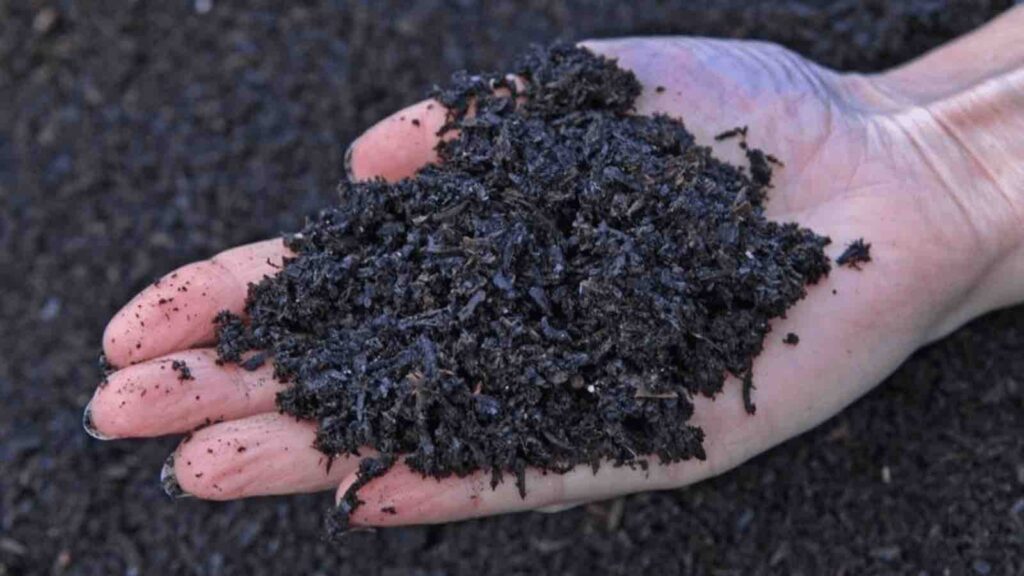This article was originally published on November 23, 2023.
By promoting biochar and carbon drawdown, we close the loop on carbon emissions, helping to achieve carbon neutrality and a sustainable future.
In a significant stride toward combating climate change, the world of sustainable agriculture and environmental science turns its focus to biochar, a charcoal-like substance derived from organic waste such as crop residue and wood. The recent unveiling of the first-ever biochar rating system marks a pivotal moment in carbon sequestration efforts, a process central to reversing the tide of global warming.
RELEVANT SUSTAINABLE GOALS



Biochar Breakthrough : Beyond Carbon Sequestration
Biochar, essentially carbon-rich charcoal, is produced through the pyrolysis of organic materials. Its role in Carbon Drawdown (CD) – the process of removing carbon dioxide from the atmosphere to mitigate climate change – is gaining increasing recognition. This development in biochar technology represents a leap forward in environmental science, offering a tangible solution to a global crisis.
While biochar’s primary allure lies in its ability to trap carbon, its benefits extend into agricultural realms. Biochar has been found to significantly enhance soil fertility, boost water retention, and increase nutrient availability. This makes it a valuable ally not only in climate change mitigation but also in sustainable farming and land restoration.
A Commodity in Carbon Markets
The introduction of a biochar rating system is more than just a scientific advancement; it’s a beacon of hope in the fight against climate change. This system assesses biochar products based on several criteria, including the origin of the feedstock, production methods, and the longevity of carbon retention in soils. Its goal is to determine the efficacy of biochar in locking away carbon and revitalizing the earth beneath our feet.
The establishment of a standardized biochar rating holds promise for economic growth. It’s poised to stimulate investment and innovation within the biochar industry, potentially ushering in a new era of economic and environmental synergy. On a global scale, the adoption of biochar and carbon drawdown practices symbolizes a scalable and impactful solution to climate change.
Highly rated biochar products could soon find themselves as coveted assets in carbon markets. This prospect adds an economic incentive to the environmental benefits, encouraging more widespread production and use of biochar.
The biochar rating system is not just an endpoint but a beginning. It beckons further research and development, inspiring scientists and environmentalists to forge more effective and sustainable carbon sequestration solutions. As the Global Biochar Market, currently valued at $389.07 million, is projected to grow at a 12.1% CAGR between 2023 and 2028, biochar stands at the forefront of our global efforts to combat climate change.
As we embrace biochar and carbon drawdown strategies, we take a critical step towards closing the carbon emissions loop. This initiative is not just about achieving carbon neutrality; it’s about paving the way for a sustainable future, demanding public participation and commitment.
Lead image courtesy of Farm Progress.
You may also be interested in :
From Waste to Watts : Bowenpally Market’s Rotting Vegetables Power 170 Stores, 100 Streetlights




